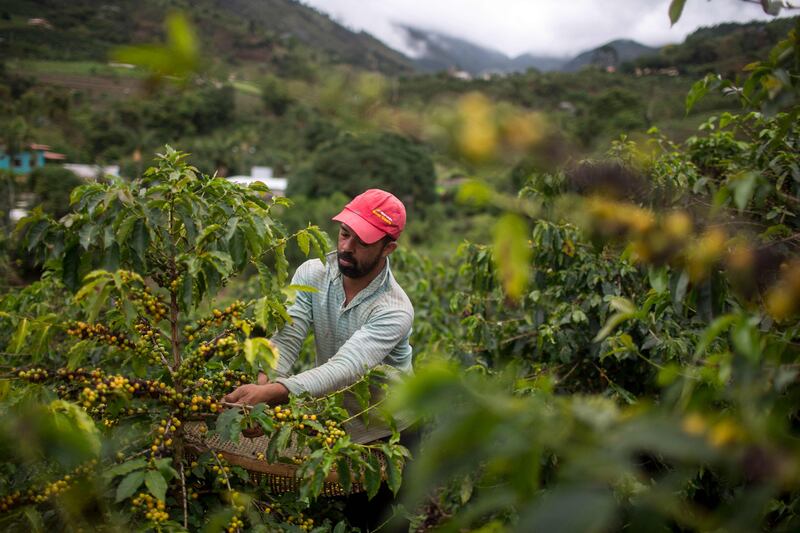Coffee prices surged this week to multi-year peaks, extending stellar gains this year after frost damaged crops in the world’s biggest producer Brazil.
The futures price for arabica coffee, one of the South American nation’s top commodity exports, soared on Friday to just over $2 per pound, the highest level since 2014.
The commodity has soared in price by a blistering 60 per cent since January.
Lower-quality robusta coffee, mainly grown in Asia, leapt to $1,993 per tonne, capping a near 40 per cent gain this year and its highest level since October 2017.
“Several reasons explain the astronomical gains for coffee prices,” Rabobank analyst Carlos Mera said.
These included the devastating weather conditions in Brazil, soaring transportation costs and political unrest in the third-biggest producer, Colombia.
Brazil suffered a historically severe drought earlier this year.
That was followed by damaging frosts this week at key plantations in Minas Gerais, a south-eastern inland state that produces 70 per cent of the nation’s arabica beans.
Sub-zero temperatures have “sparked defoliation of crops and even kill the youngest plants” that are crucial for future harvests, Mr Mera said.
Arabica has also been heavily affected because the crop has a biennial plant cycle, whereby low-yield production one year is followed by bumper output the following year.
The market rallied “on freezing temperatures in Brazil growing areas last night”, Price Futures Group analyst Jack Scoville said on Friday.
“Freezing temperatures were reported in much of Minas Gerais and Parana, and also in Sao Paulo.
“It is not yet known how extensive the damage was but ... a significant part of the crop got hurt.
“It is flowering time for the next crop and the flowers were frozen and will drop off the trees,” he said, and noted that the weather was warming.
At the same time, world coffee demand is picking up this year as global economies reopen from the deadly coronavirus turmoil.
That has stimulated demand for arabica, which tends to be used in coffee shops and restaurants, whereas the lower-grade robusta is favoured for making instant coffee granules.
While conditions are ripe for high prices, commodity economist Philippe Chalmin said the cost of coffee has been particularly low in recent years. He pointed out that a pound of arabica cost more than $3 in May 2011.
“Coffee producers have experienced a very long price crisis,” said Valeria Rodriguez, head of advocacy and public engagement at the fair trade association Max Havelaar.
“In the last four or five years, most of them have been working at a loss,” she said.
“If the crop is smaller, it means that there are coffee producers somewhere in Brazil who will have no coffee to sell, and therefore no income.”
Mr Mera said the rising prices are being passed on to consumers, “but slowly”.
“Roasters use the futures market to hedge themselves against short price increases, so it usually takes three to nine months to see the effects at retail level,” he said.
“Even then, the increases at retail level are much more moderate.”
He said other components such as transport, packaging and marketing contributed towards the retail price.
Ms Rodriguez said: “Ground coffee is sold on average at €15 ($17.66) per kilo and coffee in pods at €45 per kilo, or even more.”
This is far removed from the current price of arabica coffee, which is less than €4 per kilo.
The current rise in coffee prices is also part of a wider context of inflation in the cost of raw materials, whether agricultural or industrial – with copper and tin both breaking records in recent weeks.






